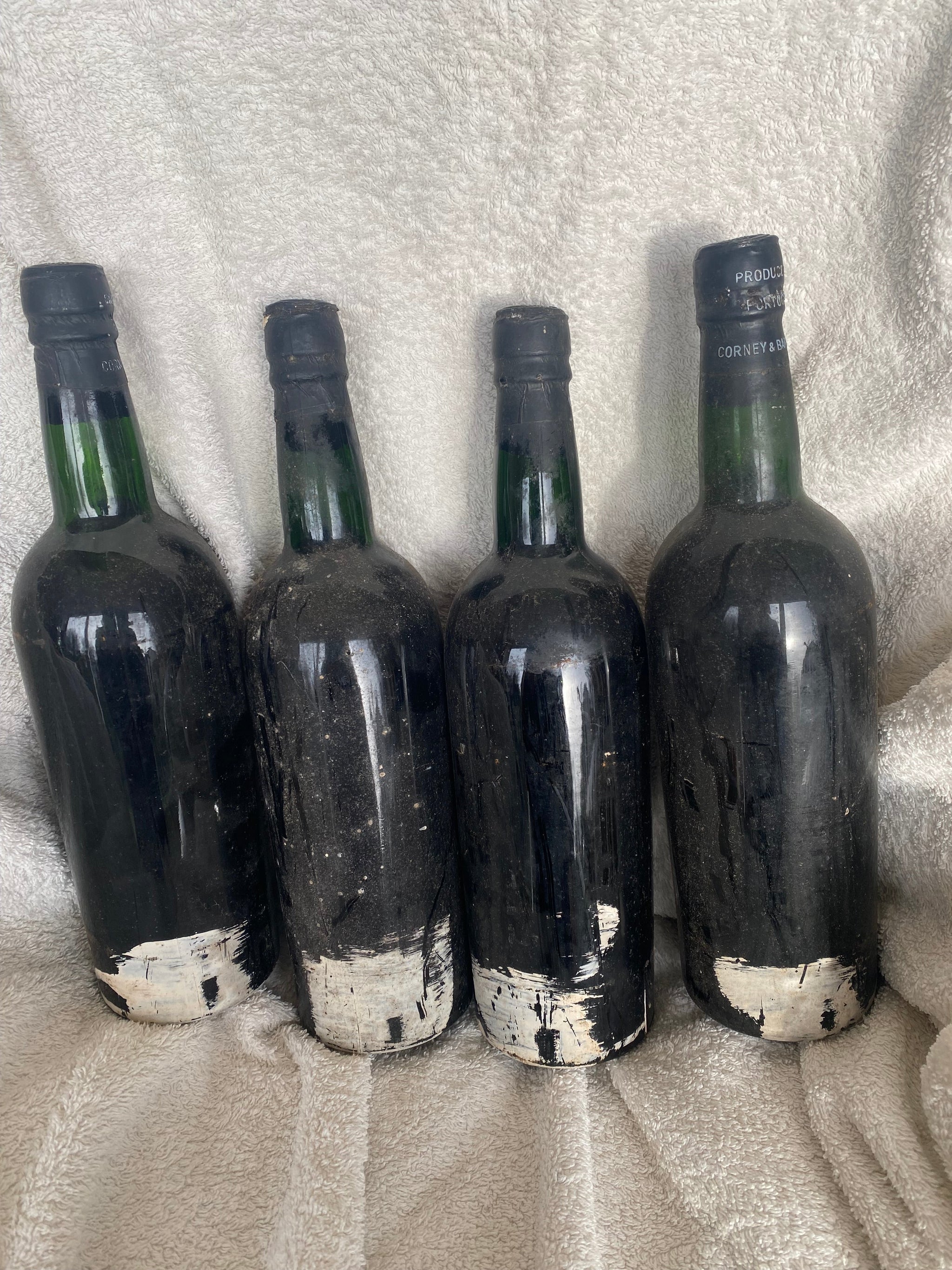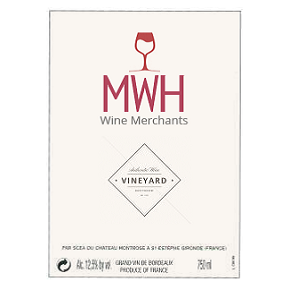These are exciting times for Vintage Port lovers. The long wait for a vintage declaration following that of the outstanding 2011s finally arrived with the emergence of the exceptional 2016s. Then the 2017s came along, stunning the wine world with their beauty and complexity and leaving shippers with little choice but to make a general back-to-back declaration, something we’ve not seen since the 1880s. And now, to cap it all, 2018 has been declared by the likes of Taylor’s, Sandeman, Offley and the potentially 100-point Ferreira.
Yes, these are ground-breaking times for the world of Port. While there have been relatively recent years where declarations have been a split of two consecutive years – 1982/1983 and 1991/1992 for example – general announcements two years on the trot are rare indeed and a trio is unprecedented. There is a real buzz around the industry, at MWH Wines we’ve seen a surge in interest in these fascinating wines. As great vintages such as 1970, 1977 and 1985 have bloomed into maturity so more and more wine lovers are enjoying their multiplicity of charms.
A triple declaration does raise some questions, however. Are vintages set to become the norm? Will the ‘rules’ around declarations have to be re-considered? And what will happen to the market for older wines? In this blog we’ll look at these issues in turn and consider whether the consecutive declarations are to become as regular as England winning the Triple Crown or remain rarities like Italy securing a victory.
What Is A Vintage Port Declaration?
Before we get into the nitty gritty, let’s just clarify what a vintage Port declaration is and what the rules are. Declarations come when the Port Houses decide that the quality of their production in a given year is sufficiently high to warrant it being made into a vintage wine. Historically this has happened around 3 times a decade and it’s not a decision they make lightly.
It’s the same situation as in Champagne and as in Champagne the ‘rules’ have shifted somewhat. Not so very long ago when vintage Port’s popularity was in the doldrums the Houses had to be careful about how many vintages they declared for fear of over-supplying the market and forcing the price down further. Once upon a time there was a quota in place that dictated the amount of the overall production that could be produced. These days declarations need to be sanctioned by the Instituto dos Vinhos do Douro e Porto (Port and Douro Wine Institute) or IVDP.
Now, again as with Champagne, with the market buoyant and growing conditions kind, this market pressure has been relieved and shippers have a freer hand to make declarations. Unlike Champagne, however, they have thus far acted with restraint. Some lovely wines were made in 2012, 2013, 2014 and 2015 but none spawned a general declaration. In Champagne vintage and even cuvee de prestige wines are available from an increasingly wide range of years, some of which we would have to question the validity of.
Attitudes are definitely changing within the Portuguese wine trade. Adrian Bridge, CEO of the Fladgate Partnership, said recently that:
“Although a classic declaration normally only happens about three times a decade, the exceptional run of years has meant that Taylor’s is able to make a third in a row. This is very unusual but our principle is that we only declare a classic vintage when the quality is there and this is dictated by the year, not by any other consideration.”
So, if the wines deserve to be declared, they will be. That’s a bold remark (then Adrian is a bold fellow!). In the current market such an approach is fine, but historically it wouldn’t have necessarily held up. 1982 produced some lovely wines but with the 1980s hitting the market and 1983s showing such promise, few declared and that in part at least was due to fears of oversupply.
Are Vintage Ports Set To Become The New Normal?
Based on what Adrian has said and given the run of success we’ve seen lately, it would be tempting to say yes. Climate change is having an effect on the quality of vintages the world over. In Champagne warmer growing seasons have allowed this marginal area to produce vintage wines of stunning quality – 2002, 2008, 2012 etc . – far more often. The same can be said of Bordeaux. 2015, 2016, 2018, 2019 and 2020 have produced wines of a quality that were once rarely seen. And while climate change may be killing Bordeaux with kindness, the Douro isn’t in need of more heat and less rain. Getting the right growing conditions for a sublime Port harvest takes a special combination of factors that may, or may not, become more prevalent.
Our feeling is that for all the buoyancy in the current market that shippers will take a cautious approach. Vintage wines are the jewels in their crowns and standards must be upheld if market share and price are not to be compromised. Ultimately a vintage is made in the vineyard not the boardroom so we shall have to see, but our feeling is that they won’t become the new normal.
What Will Happen To The Price Of Vintage Port?
While it’s true that more supply can lead to lower prices, demand at present is outstripping supply – especially for the wines from the best shippers such as Taylors, Graham and Quinta do Noval. Vintage wines represent a small percentage of the region’s production and will always be sought after. Multiple declarations could have an affect over the long-term, but for Port connoisseurs 2016, 2017 and 2018 aren’t so much a case of either or, rather all in quantities to suit. It’s the same with 2015, 2016 and 2018 red Bordeaux. All great years, all highly priced and all highly sought after by claret lovers keen to experience three superb, but very different years.
As for older wines, their increasing scarcity and the movement from unready to drinking will likely keep prices rising. Take a look at wines from 1963, 1966, 1970 and 1977 and you’ll see as their drinking windows open, so their prices have risen sharply.
Vintage Port: A New Golden Age?
Speaking for ourselves, we couldn’t be more excited about what’s happening in the world of Port. For too long these extraordinary wines have been at the margins of the fine wine world and events such the triple declaration has brought them back into the mainstream once more. Thanks to huge investments in the vineyard and the winery, the wines have never been better and as more and more people discover them, we believe this could be a golden age to match that of the Victorian era. Here’s hoping!
Like Some Vintage Port Help?
We hope you found this of interest, if you are looking for a specific wine then please do get in touch by calling Mike on 0118 984 4654 or by emailing MWH Wines here. A recognised authority on these wines, he’ll be happy to advise you on which wine is right for you.
